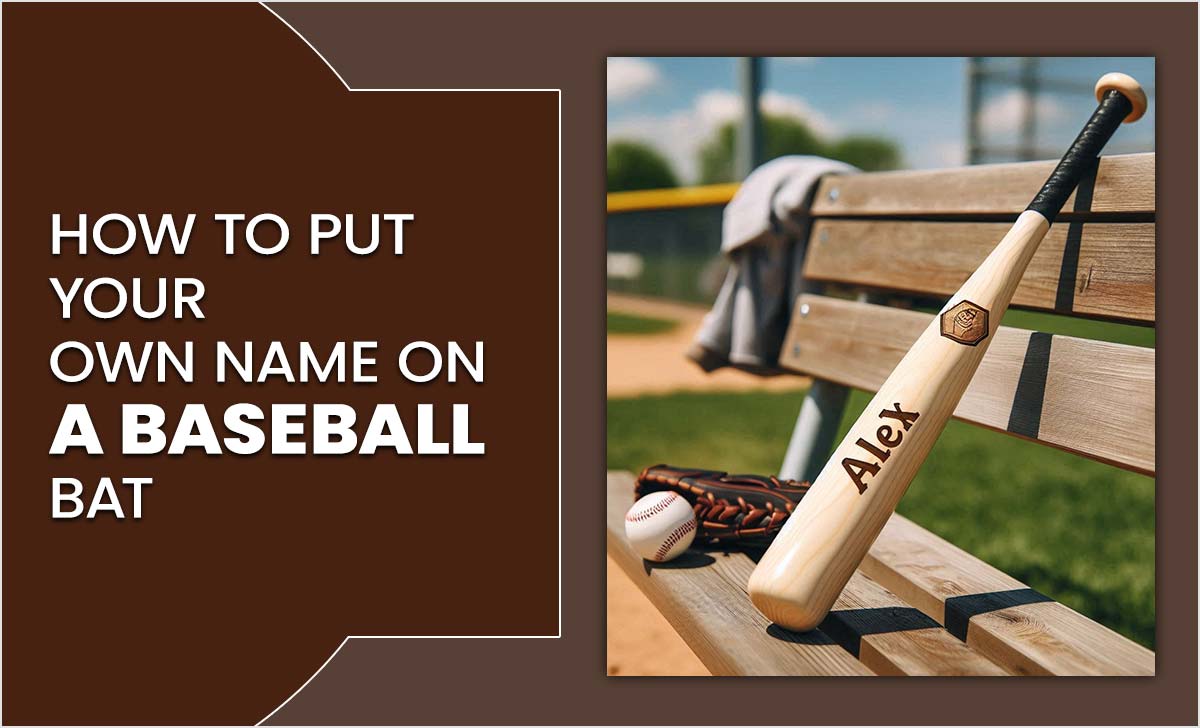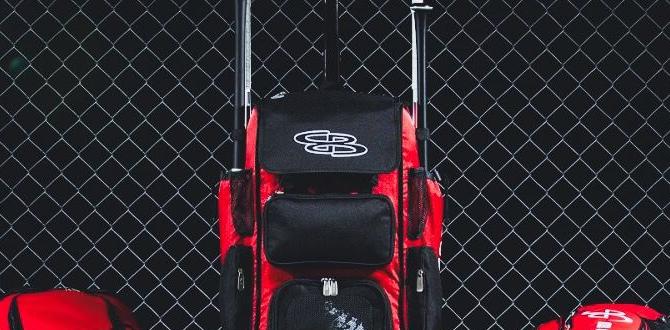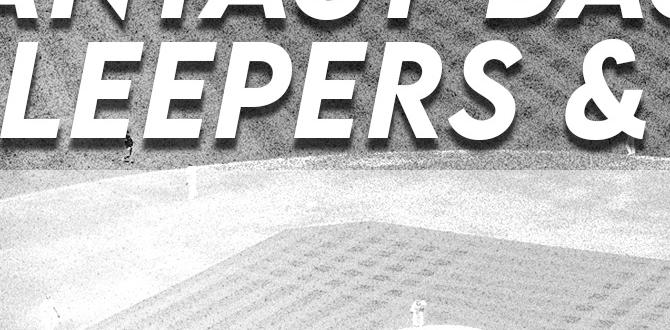Quick Summary: A catcher’s throat guard is a crucial piece of safety equipment designed to protect the neck and throat from foul balls and stray pitches. Investing in a high-quality guard, like those reviewed and recommended here, ensures maximum protection and comfort behind the plate, allowing you to focus on the game.
Catchers Throat Guards: Essential Reviews & Top Picks
Hey baseball fans! John P. Miller here from FriskMode. Ever seen a catcher wince after a close call, or worried about that fast-moving ball heading straight for their neck? It’s a scary thought, right? The throat area is super vulnerable, and a direct hit can really put a player out of commission, or worse. That’s exactly why we need to talk about catcher’s throat guards. They might seem like a small piece of gear, but they’re a massive shield of protection. Many young players, and even some seasoned ones, might overlook this essential piece of equipment. Don’t let that be you! We’re going to break down what makes a great throat guard, why you absolutely need one, and highlight some of the best options out there to keep you safe and confident behind the plate. Get ready to learn how to pick the perfect one to guard your most precious asset!
Why Every Catcher Needs a Throat Guard
Behind home plate, a catcher faces a barrage of fastballs, curveballs, and the occasional wild pitch. The primary job of a catcher is to block pitches and frame strikes, which means they are constantly in a vulnerable position. While the mask and chest protector offer vital protection, the throat and neck area can still be exposed. A direct impact from a foul tip or a low pitch can cause serious injury, ranging from bruising and swelling to more severe damage that could require significant medical attention and sideline a player for an extended period. Think about it: the throat houses critical structures like the windpipe and major blood vessels. Protecting this area isn’t just about comfort; it’s about safeguarding your health and ability to play the game you love.
The good news? This specific type of protection is readily available and easy to incorporate into your existing catcher’s gear. Modern throat guards are designed to be lightweight, comfortable, and highly effective. They integrate seamlessly with most catcher’s masks, providing an extra layer of defense without hindering mobility or vision. For beginners and parents looking out for their young athletes, understanding the importance of this gear is the first step towards safer play. Coaches, too, play a crucial role in educating their players about protective equipment. This guide is here to demystify throat guards and help you make an informed choice.
Understanding Catcher’s Throat Guard Design
Catcher’s throat guards, at their core, are designed to do one thing: absorb and deflect impact away from the neck. While the basic function is simple, the design has evolved to offer a balance of protection, comfort, and compatibility with existing equipment. Most throat guards are manufactured from durable plastics, often high-impact polycarbonates or robust ABS materials, which are strong enough to withstand forceful impacts yet flexible enough to absorb shock. Some higher-end models might incorporate foam padding on the inside for added comfort and impact diffusion.
The shape of a throat guard is crucial. They are typically contoured to fit snugly against the lower part of the catcher’s mask, extending down to cover the vulnerable area of the throat. Many are designed with a slight V-shape or a flared bottom to offer a wider coverage zone. Attachment methods are generally straightforward, usually involving straps or clips that secure the guard firmly to the catcher’s mask. The goal is to ensure the guard stays in place, even during aggressive movements or significant impacts, without creating pressure points or restricting breathing.
Key Features to Look For:
- Material Strength: Look for guards made from high-impact plastics known for their durability and shock-absorbing qualities.
- Coverage Area: Ensure the guard offers ample coverage for the throat and upper neck. A longer, wider guard generally provides better protection.
- Comfort and Fit: A guard should feel snug but not constricting. Check for padded interiors if you prioritize comfort during long games or practices.
- Mask Compatibility: While most guards are universal, it’s always wise to check if a specific guard is designed to work well with the type of catcher’s mask you use.
- Weight: A lighter guard adds less strain, allowing for quicker movements.
- Ease of Attachment: The guard should be easy to install and remove, and it should stay securely in place.
Types of Catchers Throat Guards
While the basic function remains the same, you’ll find a few variations in catcher’s throat guard design, primarily differing in their attachment method and overall construction. Understanding these differences can help you choose the one that best suits your needs and your specific catcher’s mask.
1. Strap-On Throat Guards
These are the most common type. They typically feature adjustable straps that wrap around the bottom bars of a catcher’s mask. The straps are usually made of nylon or elastic and are secured with Velcro or buckles. They are easy to install and remove and are designed to be highly adjustable for a secure fit on various mask styles. They offer good coverage and are often a budget-friendly option.
2. Clip-On Throat Guards
Similar to strap-on guards, clip-on types use clips that attach directly to the metal framework of the catcher’s mask. This can offer a very secure and robust connection, as the rigid clips often provide a more stable fit without the potential for straps to loosen over time. These are also generally easy to attach but might be slightly less adaptable to masks with unusual bar configurations.
3. Integrated Throat Guards
Some catcher’s masks come with a built-in or integrated throat guard. These are molded as part of the mask’s design, offering a streamlined look and a guaranteed perfect fit. While they offer excellent protection and a seamless appearance, they are not an add-on option. If your current mask doesn’t have one, you’d need to purchase a new mask that includes this feature.
4. Universal Fit vs. Brand-Specific Guards
Most aftermarket throat guards are designed for “universal fit,” meaning they aim to work with most standard catcher’s masks. However, some brands design throat guards that are optimized for their own mask models, potentially offering a superior fit and look. If you have a specific brand of catcher’s mask, checking for a compatible throat guard from the same brand can be a good idea.
Top Catcher’s Throat Guard Reviews
Choosing the right throat guard can significantly enhance your safety behind the plate. While many guards perform the same basic function, factors like durability, comfort, and mask compatibility can make certain models stand out. Here’s a look at some popular and highly-rated options, keeping in mind that “best” can often depend on individual preferences and the specific mask being used.
1. Wilson Catcher’s Jaw Guard
Wilson is a powerhouse in baseball equipment, and their catcher’s gear is no exception. The Wilson Catcher’s Jaw Guard is a popular choice, known for its solid construction and effective protection. It attaches easily to most Wilson masks and many other brands, offering good coverage for the throat and chin area. It’s made from durable plastic and is designed to withstand impacts effectively. Many users appreciate its straightforward design and reliable performance, making it a solid all-around option for players at any level.
2. Easton Catcher’s Throat Guard
Easton is another reputable brand that consistently delivers quality gear. Their catcher’s throat guards are often praised for their lightweight design and excellent fit. They typically feature a curved profile that follows the natural lines of the face and mask, minimizing interference with the player’s vision. The materials used are robust, offering good impact resistance. Easton guards are generally easy to attach and provide a secure fit, making them a favorite among many catchers looking for dependable protection without added bulk.
3. All-Star Catcher’s Throat Guard
All-Star is a brand heavily focused on catcher’s equipment, and their throat guards are designed with specific needs in mind. Many All-Star throat guards are engineered for maximum protection and can be quite robust. They often feature a slightly longer profile to ensure complete coverage of the neck. The attachment systems are typically secure, ensuring the guard stays put during intense game action. If you’re looking for a guard that prioritizes coverage and sturdy construction, an All-Star option is definitely worth considering.
4. Rawlings Catcher’s Throat Guard
Rawlings offers a range of catcher’s gear, and their throat guards are designed to provide reliable protection. These guards are typically made from durable materials and are constructed to be compatible with a wide array of catcher’s masks. Rawlings often focuses on providing a good balance of protection and comfort. Their throat guards are usually straightforward to install and offer dependable coverage, making them a solid choice for players who want effective protection without overcomplication.
5. Under Armour Catcher’s Throat Guard
While Under Armour might be more recognized for its apparel, they also produce quality baseball equipment, including catcher’s gear. Their throat guards often boast a sleek design and can be found in various styles. They aim to offer effective protection while maintaining a low profile. Users often find them to be lightweight and comfortable, and they are designed for easy attachment. If you’re a fan of the Under Armour brand or looking for a guard with a modern aesthetic, theirs is a good option to explore.
| Brand | Model (Example) | Material | Attachment Type | Key Features | Best For |
|---|---|---|---|---|---|
| Wilson | Catcher’s Jaw Guard | Durable Plastic | Strap-On | Good coverage, reliable performance, easy to attach. | All-around players, general protection. |
| Easton | Catcher’s Throat Guard | High-Impact Plastic | Strap-On/Clip-On | Lightweight, excellent fit, excellent mask compatibility. | Players prioritizing agility and comfort. |
| All-Star | Catcher’s Throat Guard | Robust Plastic | Strap-On | Maximum coverage, sturdy construction. | Players prioritizing maximum neck protection. |
| Rawlings | Catcher’s Throat Guard | Durable Plastic | Strap-On | Reliable protection, comfortable, easy to install. | Beginners and intermediate players. |
| Under Armour | Catcher’s Throat Guard | Lightweight Plastic | Strap-On | Sleek design, low profile, good comfort. | Players seeking a modern look and feel. |
How to Properly Install and Adjust Your Throat Guard
Getting your new throat guard installed correctly is crucial for both comfort and effective protection. A poorly fitted guard can be distracting, uncomfortable, or worse, may not offer the intended safety. Most modern throat guards are designed for user-friendly installation. Here’s a general guide:
- Identify Attachment Points: Familiarize yourself with the straps or clips on your throat guard and the corresponding locations on your catcher’s mask. Most masks have strategic bars at the bottom and sides where guards typically attach.
- Attach the Top Straps/Clips: Begin by securing the upper portion of the throat guard. If it has straps, thread them through or around the mask bars and fasten them. If it uses clips, ensure they are firmly seated onto the mask’s frame.
- Secure the Bottom Straps/Clips: Once the top is in place, move to the bottom. Again, thread straps or attach clips to the appropriate mask bars. The goal is to have the guard cover the entire throat area without being too tight or too loose.
- Adjust for Fit: This is the most critical step. The throat guard should rest comfortably against your throat. It shouldn’t dig into your skin, constrict your breathing, or impede your ability to turn your head. Adjust the straps so the guard is snug but allows for some minor movement. You should be able to talk and breathe easily.
- Check for Stability: Gently move your head from side to side and up and down. The throat guard should stay in place. If it shifts significantly, tighten the straps or re-adjust the clips. A guard that moves around won’t offer adequate protection.
- Test with Mask On: Put on your full catcher’s helmet. Ensure the throat guard doesn’t interfere with the fit of the mask or any other protective gear like a throat protector extension that might come with the mask itself.
Remember, the aim is a secure, comfortable fit that provides unimpeded protection. Don’t be afraid to make small adjustments until it feels just right. If you’re struggling, consult your coach or an experienced catcher for personalized advice.
Maintaining Your Catcher’s Throat Guard for Longevity
Like all sports equipment, a catcher’s throat guard needs proper care to ensure it remains effective and lasts for multiple seasons. Regular cleaning and inspection are key. After each use, especially in warmer weather, it’s a good practice to wipe down your throat guard with a damp cloth to remove sweat and dirt. Mild soap and water can be used for tougher grime, but always rinse thoroughly and allow the guard to air dry completely before storing.
Avoid using harsh chemicals or abrasive cleaners, as these can degrade the plastic and compromise its protective qualities. Store your catcher’s gear, including the throat guard, in a well-ventilated bag or area, away from direct sunlight and extreme temperatures. Prolonged exposure to heat or UV rays can cause plastic to become brittle over time.
Regularly Inspect for Damage:
- Cracks: Check the entire surface of the guard for any visible cracks, even small ones. A cracked guard has significantly reduced impact resistance.
- Loose Attachments: Ensure all straps, buckles, or clips are in good working order and securely attach the guard to the mask.
- Padding Wear: If your guard has foam padding, check for signs of significant wear, tearing, or compression.
If you notice any damage, it’s time to consider replacing the throat guard. A damaged piece of safety equipment is no longer offering adequate protection and could put a player at risk. Better safe than sorry when it comes to guarding your throat!
The Science of Impact Protection in Catcher’s Gear
The effectiveness of a catcher’s throat guard, and indeed all catcher’s equipment, relies on principles of physics and material science. When a ball strikes the throat guard, the material is designed to do two primary things: absorb energy and distribute the remaining force over a larger area. This concept is similar to how a helmet works. Materials like high-impact plastics and foam padding are engineered to deform slightly upon impact.
This deformation absorbs a portion of the kinetic energy (the energy of motion) of the ball. It’s not about stopping the ball instantly, but about dissipating the energy over a brief period and distance. Think of it like catching a raw egg – you can do it without breaking it if you “give” with it, absorbing the impact. The contoured shape of the guard also plays a role in distributing the force. Instead of a concentrated point of impact, the force is spread across a wider surface area of the throat and neck, significantly reducing the pressure at any single point.
The US government’s Consumer Product Safety Commission (CPSC) provides guidelines and standards for athletic protective equipment, although specific mandatory standards for catcher’s throat guards might be less stringent than for other sports. However, manufacturers generally adhere to industry best practices and use scientifically tested materials. For a deeper understanding of how protective gear is tested and regulated, you can explore resources from organizations like the Consumer Product Safety Commission and athletic equipment testing labs. Understanding this science underscores why using certified or reputable brand gear is so important; these products are designed and tested to offer the best possible protection based on current knowledge.
Frequently Asked Questions (FAQ) About Catchers Throat Guards
Q1: Is a throat guard really necessary for youth catchers?
Absolutely. Youth catchers are still developing and may not have the same reflexes or strength as older players. A dropped third strike or a wild pitch can be unpredictable, making a throat guard an essential piece of safety equipment to prevent serious injury to a vulnerable area.
Q2: Can I use a generic throat guard with any catcher’s mask?
Most throat guards are designed as “universal fit” and will work with most standard catcher’s masks. However, some brands design guards specifically for their mask lines. It’s always best to check compatibility or try it on if possible to ensure a secure and comfortable fit.
Q3: How tight should my throat guard be?
Your throat guard should be snug enough to stay securely in place during play, but not so tight that it restricts your breathing, causes discomfort, or limits your ability to move your head. You should be able to talk and breathe normally while wearing it.
Q4: What’s the difference between a throat guard and a throat protector extension?
A throat guard is typically an add-on piece specifically for the throat. A throat protector extension is often a built-in or attached



